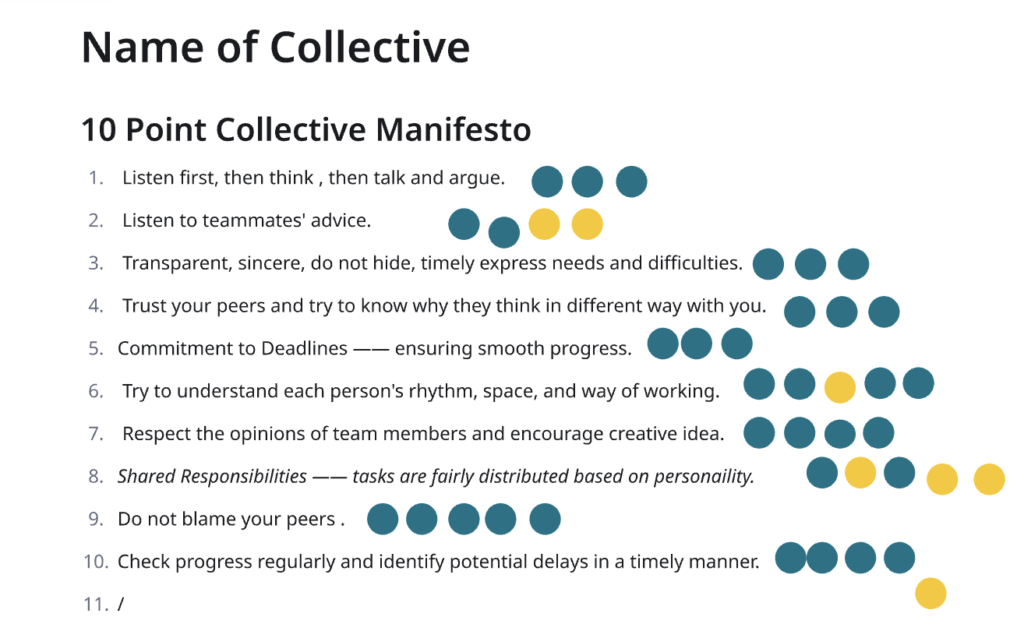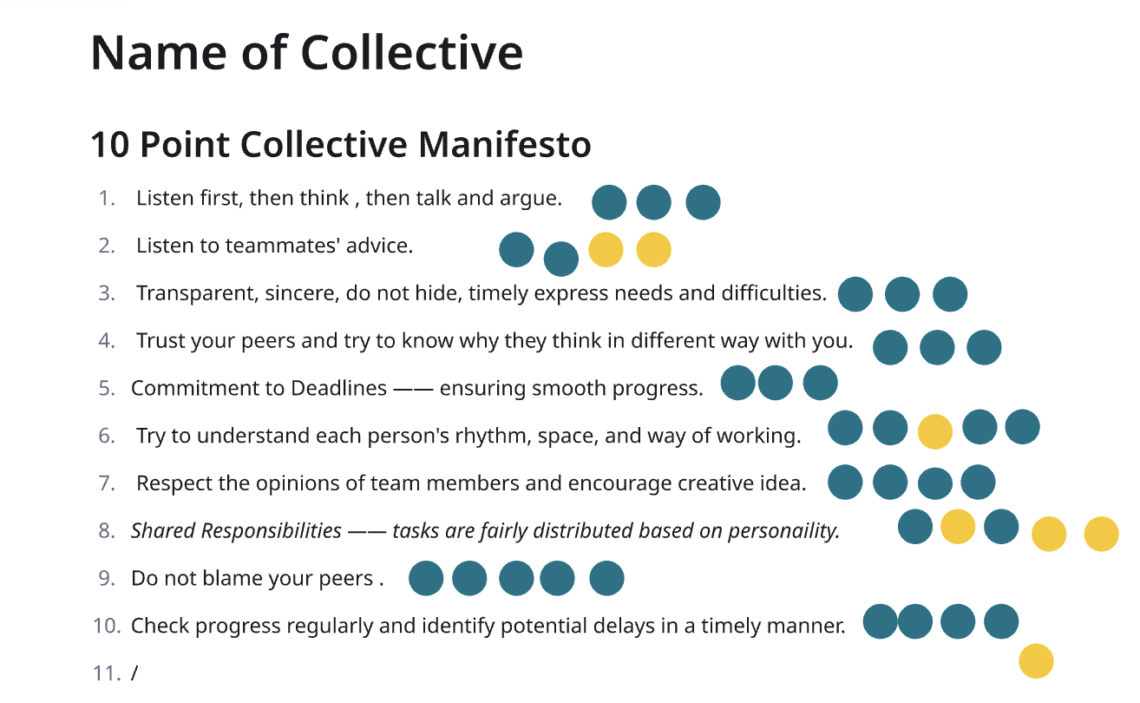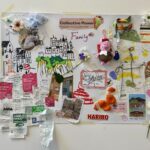Class Discussion:
This week, we discussed the value of the group. We discussed separately and concluded the common value and cooperation rule. I think this makes our subsequent learning more clear and targeted. For example, I discussed with my team members and proposed “Check progress regularly and identify potential delays in a timely manner”, because I believe supervision is necessary in the process of personal projects. Breaking the process down into smaller goals and completing them over and over again. This can increase efficiency. We also evaluated each other and responded to the views of other members. I think this makes our subsequent learning more clear and targeted.

Personal project thinking
After the discussion with team members this week, I listened to the ideas of other team members. I have a clearer idea of my personal projects.
In terms of theme selection, I want to pay more attention to China’s marginalized intangible cultural heritage. In my past practice, I have learned that in China, although many intangible cultural heritage arts are highly valued at the national level, many intangible cultural heritage arts are still marginalized in various places. For example, in ethnic minority areas, due to the small population base, low project maturity, and the young generation’s lack of interest in traditional skills, local intangible cultural heritage art lacks attention and inheritance. This makes me think more about the value of intangible cultural heritage art protection. So I hope to have an exhibition that focuses on marginalized intangible cultural heritage. By strengthening the form of interaction and participation, the marginalized intangible cultural heritage art can get more attention.
The definition of many intangible cultural heritage projects mainly rely on the judgment of national institutions and experts and scholars, which often limits “intangible cultural heritage” in a relatively narrow and fixed framework. This imbalance of power discourse is not only reflected in the dominance of the state and institutions in the definition of “intangible cultural heritage”, but also in the difficulty of fully expressing the voices of ethnic minorities, communities and vulnerable groups.
Future plan
Thinking about how to define “marginal intangible cultural heritage art”, is it subjective when making the definition?
Think about how to make the content more focused, more targeted
Think about the exhibition site, audience and other related issues
Reference
http://www.fractal-technology.com (2025). [online] Ihchina.cn. Available at: https://www.ihchina.cn/Article/Index/detail?id=7757 [Accessed 10 Feb. 2025].





s2661493
26 February 2025 — 10:54
Your blog explores the topic of curating in depth, with a particular focus on China’s marginalized intangible cultural heritage. Thoughts on power dynamics in cultural preservation and the interactive approach of exhibitions are insightful. Integration of theoretical readings, however, the logical structure could be clearer, and the current text switches quickly between multiple topics, for example jumping from issues of exhibition scale to audience engagement to curatorial strategies, without clear transitions. Some exhibitions and artworks are mentioned, but detailed analysis is lacking. For example, when discussing cross-cultural curating, a specific exhibition’s curatorial strategy could be provided, with analysis of its strengths and weaknesses, rather than just an overview.